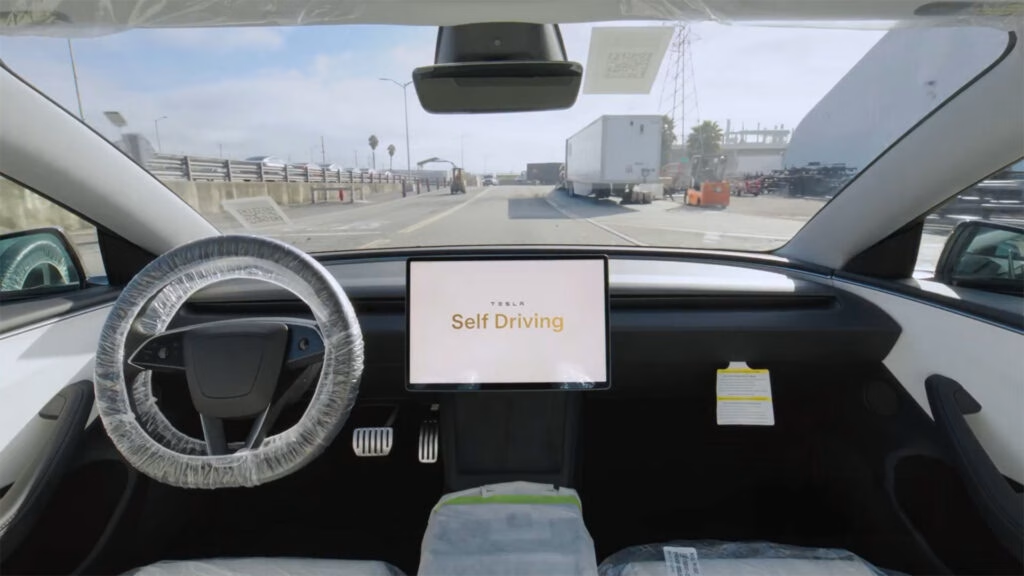Why Did a Jury Hold Tesla Liable for a Fatal Autopilot Crash in Florida?
In 2019, a tragic accident in Miami-Dade County claimed the life of 22-year-old Naibel Benavides Leon. She was a passenger in a Tesla Model S that crashed into a parked Chevrolet Tahoe. Her boyfriend, Dillon Angulo, survived but suffered serious injuries. The driver, George McGee, admitted to dropping his phone, taking his eyes off the road, and relying on the car’s Autopilot system to brake for him. He conceded his own negligence, but the story didn’t end there.
A Florida jury recently found Tesla 33 percent liable for the crash, awarding a total of $329 million in damages—$42.5 million in compensatory and a whopping $200 million in punitive damages. This verdict marks a significant shift: Tesla had previously prevailed in similar lawsuits, but this time, the jury was persuaded that the company’s marketing of Autopilot overstated its capabilities and may have misled drivers about the system’s true limitations.
What Arguments Did Tesla and the Plaintiffs Present?
Tesla’s defense centered on driver responsibility. The company argued that McGee ignored multiple warnings and overrode the car’s safety features, including pressing the accelerator, which disables Autopilot’s braking and cruise control. Tesla’s legal team pointed out that no vehicle could have prevented the crash under those circumstances, emphasizing that their cars repeatedly warn drivers to stay alert and keep their hands on the wheel.
On the other side, the plaintiffs claimed Tesla’s branding and advertising gave drivers a false sense of security. They argued that the term “Autopilot” and related marketing materials led some users to believe the car could handle more than it actually could. This, they said, contributed to McGee’s misplaced trust in the system and ultimately to the fatal outcome.
How Does This Case Impact the Future of Driver-Assistance Technology?
The implications of this verdict go far beyond one family’s tragedy. Tesla is now pushing for a new trial, warning that holding manufacturers liable when drivers misuse advanced safety features could stifle innovation. Their argument: penalizing companies for reckless driver behavior might slow the rollout of life-saving technologies, ultimately costing more lives in the long run.
This debate isn’t just theoretical. According to the National Highway Traffic Safety Administration (NHTSA), advanced driver-assistance systems (ADAS) like Tesla’s Autopilot have the potential to reduce crashes caused by human error, which accounts for over 90 percent of road accidents in the US. However, a 2023 Insurance Institute for Highway Safety (IIHS) survey found that 53 percent of drivers overestimated what their vehicles’ driver-assistance systems could do, highlighting a real gap between perception and reality.
Is Tesla’s Marketing of Autopilot Misleading?
This case shines a spotlight on the language automakers use to describe their technology. Would the outcome have been different if Tesla had called its system something less evocative than “Autopilot”? Possibly. Studies from MIT’s Advanced Vehicle Technology Consortium suggest that names like “Autopilot” or “Full Self-Driving” can lead to overconfidence and riskier driver behavior, even when disclaimers are present.
Tesla, for its part, maintains that it clearly instructs drivers to remain attentive and keep their hands on the wheel at all times. But the jury’s decision suggests that, at least in this instance, those warnings weren’t enough to offset the impression created by the branding.
What Does This Mean for Drivers and Automakers Going Forward?
The outcome of Tesla’s appeal could set a precedent for how courts view responsibility in crashes involving semi-autonomous vehicles. If the verdict stands, automakers may need to rethink not just their technology, but also how they communicate its capabilities and limitations to the public. Clearer language, better education, and perhaps even stricter oversight could be on the horizon.
For drivers, the lesson is immediate: no matter how advanced your car’s technology, ultimate responsibility still rests with you. Overreliance on automation can have devastating consequences, as this case so painfully illustrates.
The big takeaway? Navigating the future of self-driving technology isn’t about perfection—it’s about smarter adjustments. Start with one change this week—maybe reading your car’s manual or brushing up on its actual capabilities—and you’ll likely spot the difference by month’s end.

